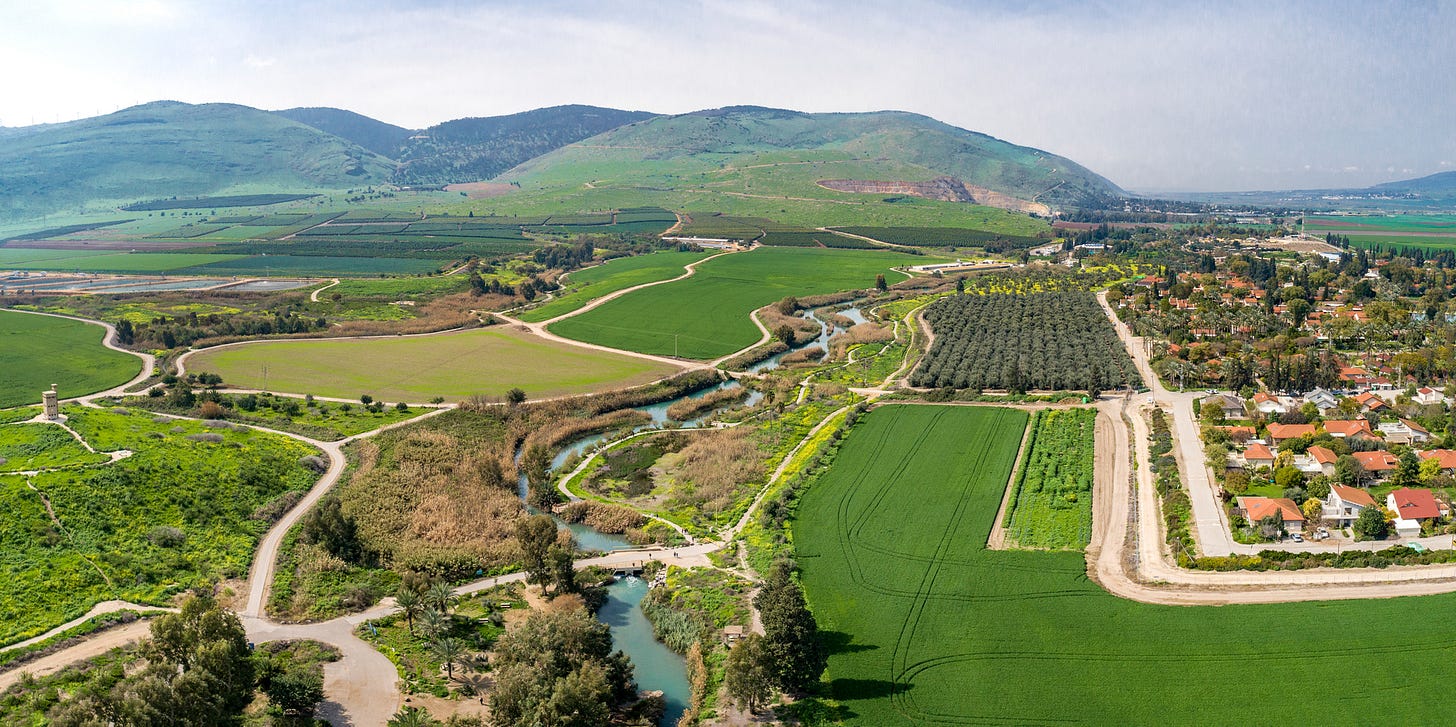An Eye-Opener
Exploring the link between the land of Israel, Yetzias Mitzrayim, and the daily donning of Tefillin
When involved in a creative pursuit such as writing or designing, or anything else for that matter, many times it can be beneficial to temporarily set your work aside, and then look at it later with a refreshed pair of eyes.
Indeed this concept is often expressed by thought leaders:
Thomas W. Higginson remarked, "Originality is simply a pair of fresh eyes." Similarly, Marcel Proust observed, "The real voyage of discovery consists not in seeking new landscapes, but in having new eyes." Rabbi Jonathan Sacks1 also reflects this idea, stating that a religious vision "does not show you something new. It shows you the things you have seen all along but never noticed."
The value of a fresh perspective is immense, whether it's in tackling a problem or evaluating an organization. Seeing with a fresh set of eyes helps us discern the larger picture, enabling us to 'see the forest for the trees.'
In Parashas Bo, the mitzvah of Tefillin is introduced as a means to commemorate the miraculous Exodus fro…




